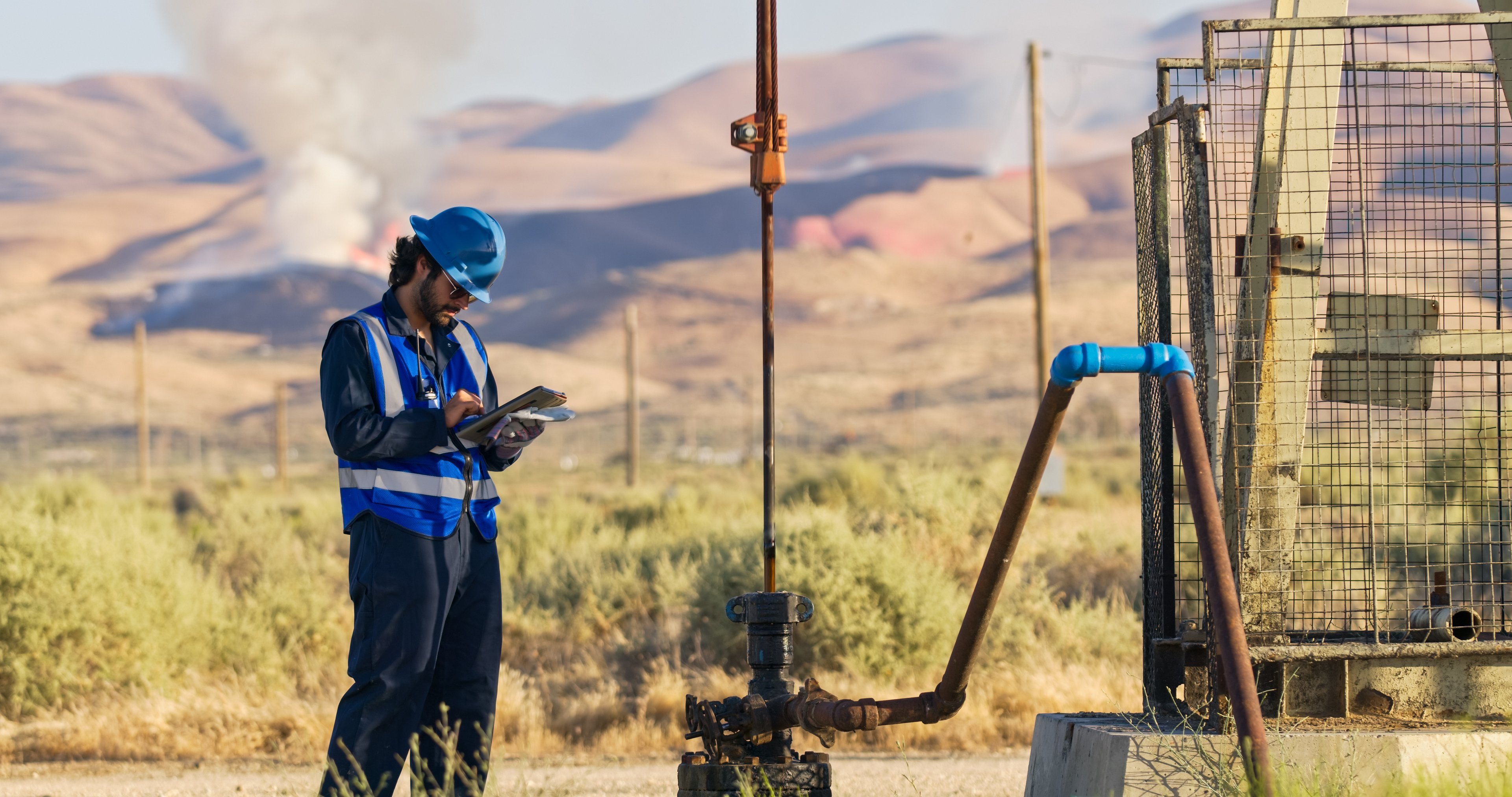After more than two years of declines, oil prices are starting to breathe life into the industry again. One signal that things are getting better came in Emerge Energy Services' (NYSE: EMES) earnings report as the company showed a quick turnaround in frack sand sales. Let's take a quick look at the Emerge's most recent results as well as some of the moves it's taking to prevent from having a solvency scare like the one it recently faced.

Image source: Getty Images.
By the numbers
| Results | Q3 2016 | Q2 2016 | Q3 2015 |
|---|---|---|---|
| Revenue | $31.3 million | $24.8 million | $60.7 million |
| EBITDA | ($17.2 million) | ($18.0 million) | $35.5 million |
| Earnings per share | $0.21 | ($0.95) | ($0.49) |
| Distributable cash flow | ($13.3 million) | ($17.3 million) | ($4.5 million) |
Data source: Emerge Energy Services earnings releases.
The reason for the loss on an EBITDA basis while registering a positive net income result was from the sale of its fuels business to Sunoco LP (SUN 1.19%) that was completed in August for $167 million. That attributed to a $32 million gain on the income statement. From an investor point of view, don't take this as much of a difference maker. If we strip out that one-time gain, earnings per share would have been a loss of $1.24.
The one thing that is worth pointing out as a positive is that the volume of sand sold increased dramatically from the prior quarter. Total sand shipments this quarter totaled 493,000 tons, a 24% gain from the second quarter. Even revenue in this part of the business increased 26%. The reason that those revenue gains don't show up in the overall results is because the fuels segment that it sold to Sunoco is a relatively high-sales, lower-margin business, and the decline in revenue from having that on the books until Aug. 31 skewed revenue results.
Overall, this is a good trend, though. With the fuels segment gone, management can focus on getting its sand business up and running. Costs were a little higher this quarter than they should have been, but part of that had to do with its Arland, Wisconsin facility starting up and ramping up at its Kosse, Texas, facility. As product sales rise and these facilities start working to capacity, it should help spread out the high fixed costs associated with running these facilities.
What management had to say
For several quarters, Emerge's balance sheet was skating on very thin ice. Operational profits dried up and put the company in violation of its debt covenants. So CEO Ted Beneski wanted to highlight some of the financial moves the company has made -- and plans to make -- that will shore up the company's financials.
We believe that we are in the early stages of a recovery for the oil and gas markets. We are proud of the progress we have made on our strategic plan laid out at the onset of this downturn. During the third quarter, we closed the sale of the Fuel business to Sunoco, raised $20 million of equity, and paid down our bank loan to approximately $153 million at quarter end. We also completed an important amendment with our lenders that resets our covenant package. As the final step to strengthening our balance sheet, we are actively working on a public unit offering and expect to compete the capital raise soon.
That equity raise thing is the one thing that will likely impact investors over the long term depending on the size of the raise. A large dilution of shares would certainly mute some of the expected gains we should expect from rising sand demand.
What a Fool believes
The rise in sand volumes is exactly what Emerge needed this quarter. Now that it has sold its fuels business, frack sand will have to carry the load for the entire company. Emerge isn't the only one that has so far reported a decent-sized upswing in sand sales, so it appears that the oil and gas industry in North America is making its slow march back up. This will be especially good for Emerge, as the amount of sand used per well has more than doubled in a few years. The oil and gas industry doesn't even need to get back to where it was drilling activity-wise for Emerge and others to see sand sales go way beyond what they were a couple years ago.
As this happens, Emerge should start to see its cash flow get restored and the company can start to pay investors a distribution again. After the company completes the equity raise Beneski hinted at, though, those distributions could end up being much lower than they were before.





